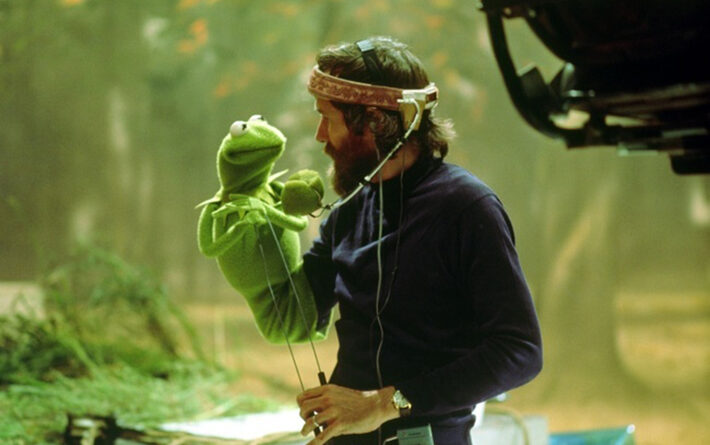The Legacy of Studio Ghibli: How Japanese Animation Redefined Global Animation
In the realm of animation, one name stands as a beacon of creativity and innovation: Studio Ghibli. Founded in 1985 by visionary directors Hayao Miyazaki and Isao Takahata, the Japanese animation studio has not only captured the hearts of audiences worldwide but also redefined the very essence of global animation. With its unique storytelling, meticulous craftsmanship, and profound themes, Studio Ghibli has left an indelible mark on the animation industry.
At the heart of Studio Ghibli’s legacy lies its commitment to storytelling that transcends cultural boundaries. Unlike many Western animations, Ghibli films often eschew clear-cut notions of good and evil, opting for complex characters and morally ambiguous narratives. This approach is exemplified in the critically acclaimed film “Princess Mononoke,” where the struggle between humanity and nature blurs the lines between right and wrong. Such storytelling nuances invite viewers of all backgrounds to engage in thought-provoking discussions, fostering a sense of universality in the themes explored.
One hallmark of Studio Ghibli’s films is their meticulous attention to detail. From the enchanting worlds of “Spirited Away” to the lush landscapes of “My Neighbor Totoro,” each frame is imbued with a level of artistry that goes beyond mere animation. The studio’s commitment to hand-drawn animation in an era dominated by computer-generated imagery showcases their dedication to preserving a traditional craft. This dedication not only pays homage to the history of animation but also elevates the medium to a form of high art, garnering admiration from cinephiles and artists alike.
Beneath the fantastical exterior of Studio Ghibli films lies a tapestry of profound and relatable themes. “Grave of the Fireflies” captures the devastating impacts of war on civilians, while “Howl’s Moving Castle” explores themes of self-discovery and the costs of conflict. These narratives resonate deeply with audiences of all ages, as they grapple with universal emotions and experiences. Studio Ghibli’s ability to tackle such weighty subjects with sensitivity has played a pivotal role in reshaping the perception of animation from mere children’s entertainment to a medium capable of delivering emotional and intellectual resonance.
The global impact of Studio Ghibli is evident in its widespread acclaim and influence on Western animation. Directors like Pixar’s John Lasseter and Disney’s John Musker have openly expressed admiration for the studio’s work. This influence is particularly evident in the thematic depth of modern animations. Films such as “Inside Out” and “Coco” draw from Ghibli’s playbook by addressing complex emotions and cultural nuances, creating a richer viewing experience for audiences of all backgrounds.
Moreover, the studio’s international success has illuminated the potential for non-Western animation to captivate global audiences. Prior to Ghibli’s rise, Western animations largely dominated the global market. However, the success of films like “Spirited Away,” which won the Academy Award for Best Animated Feature in 2003, showcased that compelling storytelling knows no cultural bounds. This success opened doors for other international animation studios to share their stories on a global stage, diversifying the narratives available to audiences worldwide.
In conclusion, the legacy of Studio Ghibli is an enduring testament to how Japanese animation has redefined the landscape of global animation. Through its universal storytelling, meticulous craftsmanship, and profound themes, the studio has forged a path that celebrates animation as a versatile and powerful art form. Studio Ghibli’s influence continues to ripple through modern animation, inspiring new generations of storytellers to craft narratives that challenge conventions and touch the hearts of audiences worldwide. As long as its films continue to be watched and cherished, the legacy of Studio Ghibli will remain a guiding light in the world of animation.



